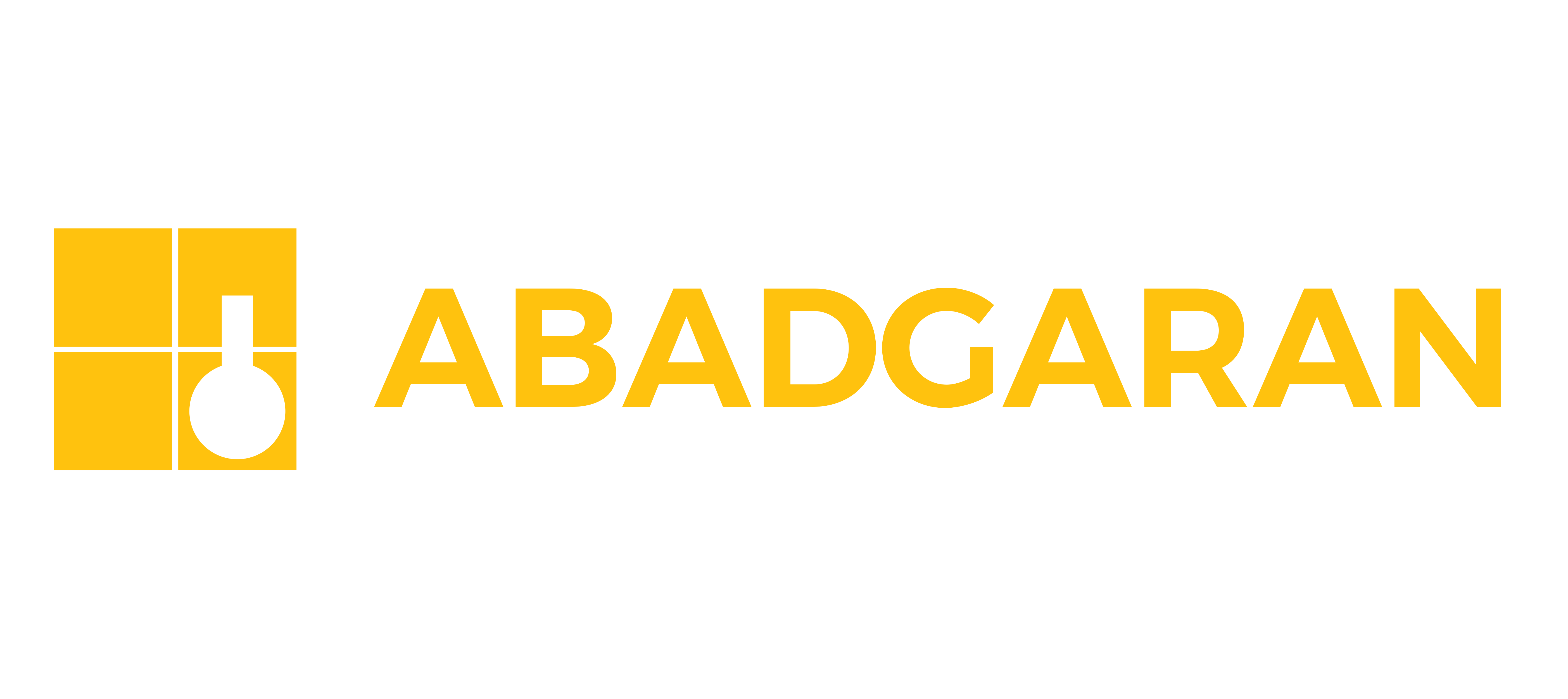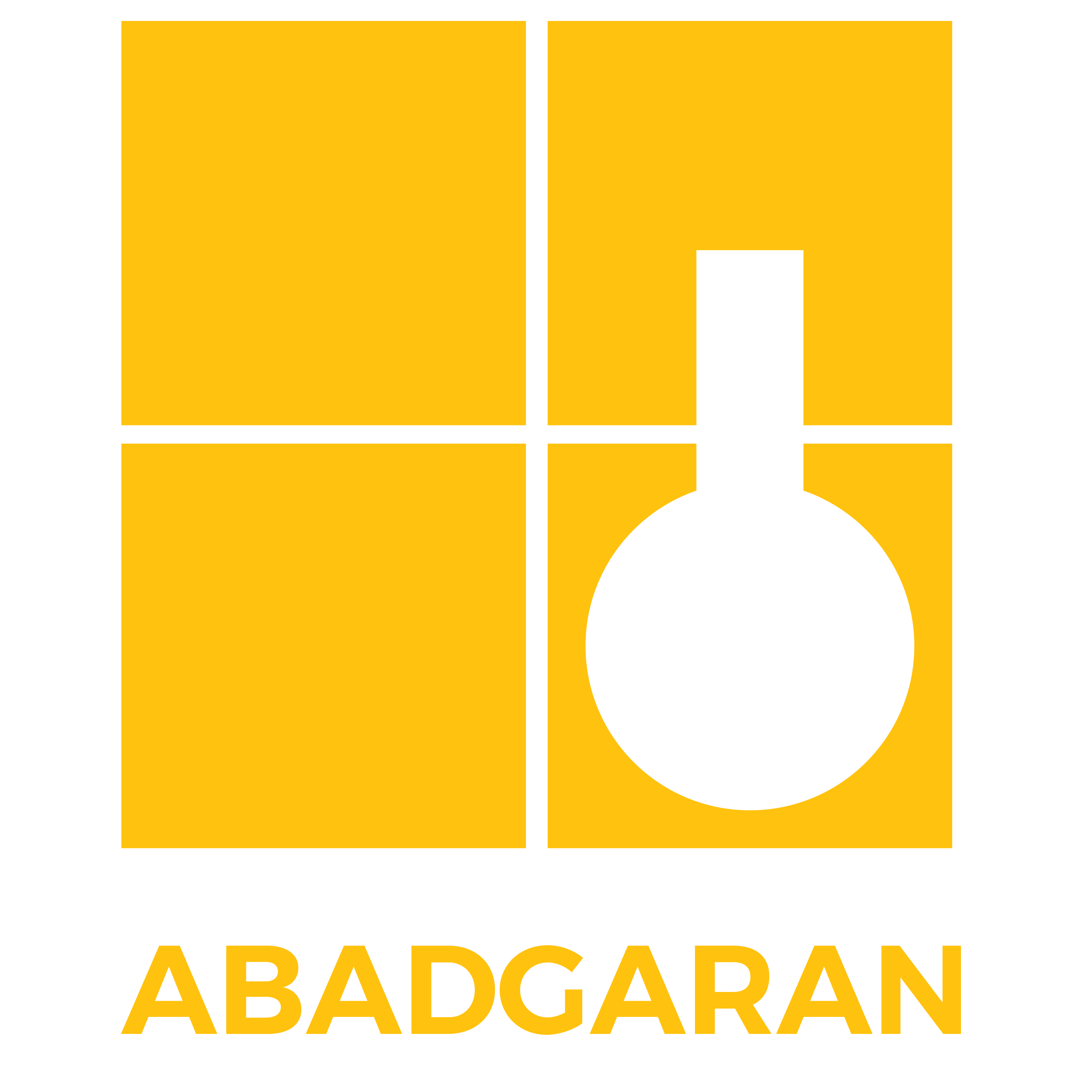
Please wait, loading...

Please wait, loading...

![]()

Requirements for Underwater Concrete Repair According to ACI 546.2R
Preparation, Formwork, Methods, and Materials
Civil structures such as bridges, hydraulic structures, and marine docks are often constructed in tidal zones or underwater environments. These structures are generally made of reinforced concrete (RC), and when submerged, they are referred to as underwater concrete structures. These structures may become damaged due to abrasive erosion or impact. If the deteriorated and worn-out parts of concrete structures are not properly repaired, their service life will be significantly reduced, and the life-cycle maintenance costs will increase dramatically.
Repairing underwater concrete structures is typically a challenging task that requires specialized materials and installation systems. Underwater concrete, due to its unique environmental conditions—such as permanent or intermittent water exposure—is subject to various types of degradation including chemical attacks, leaching of cementitious materials, cracking, and erosion. Repairing concrete in such environments requires adherence to specific standards.

In this article, the requirements for preparation, formwork, repair methods, and materials used for underwater concrete repair according to ACI 546.2R are discussed.
1. Surface Preparation for Underwater Concrete Repair:
Surface preparation is one of the most critical steps in the underwater concrete repair process. It refers to a series of actions taken before applying the repair materials to ensure the damaged concrete surface is ready for restoration. These actions include surface evaluation, cleaning, removal of damaged concrete, creating an appropriate surface profile, and controlling surface conditions (such as saturation). The goal is to ensure a strong and durable bond between the substrate and the repair material, even in underwater conditions. According to ACI 546.2R, the following steps are essential:
1.1: Evaluation of the Damaged Concrete Surface:
Evaluating the condition of the damaged underwater concrete surface is a vital step before repair. It helps identify the type, extent, and depth of damage, allowing for the selection of appropriate repair methods and materials.

1.2: Cleaning the Concrete Surface:
Removal of contaminants, deposits, and grease using mechanical or chemical methods.
1.3: Creating an Appropriate Surface Profile:
The surface profile refers to the roughness and texture created on the concrete surface using mechanical or chemical techniques. The surface must have sufficient roughness to allow both mechanical (frictional) and chemical (adhesive) bonding of repair materials.
1.4: Surface Saturation Before Repair:
Pre-wetting the concrete before applying the repair materials is essential. This reduces the risk of water absorption from the repair mix and prevents shrinkage or weak bonding.
2. Formwork for Underwater Concrete Repair:
Formwork in underwater repair is one of the most challenging stages due to specific environmental conditions such as water pressure, flow, and limited visibility. The main goal of underwater formwork is to create a sealed, stable structure that holds fresh concrete or repair material in place, preventing washout.

2.1: Choosing Formwork Materials:
2.2: Underwater Formwork Methods:
All forms must be carefully inspected and installed before applying repair materials to ensure there is no leakage.
2.3: Formwork Sealing:
3. Underwater Concrete Repair Methods:
Injection of repair materials underwater is an effective method for repairing cracks, voids, or damage caused by pressure or corrosion. These methods are widely used in underwater structures like dams, bridges, and piers. Proper material placement is essential to ensure waterproof sealing and long-term effectiveness.
Repair method selection depends on damage type, depth, and environmental conditions. The following methods are recommended by ACI 546.2R:
3.1: Injection of Repair Materials:
Implementation:
Concrete placement below water level

3.2: Underwater Concrete Placement:

3.3: Use of Repair Mortars:
3.4: Mechanical Repair Methods:
4. Materials Used for Underwater Concrete Repair:
According to ACI 546.2R, the repair materials must meet the following requirements:
4.1: High Adhesion to Existing Concrete:
Materials must be capable of forming strong bonds in wet environments.
4.2: Resistance to Washout:
Use of grouts or concretes with anti-washout admixtures.
4.3: Durability Against Chemical Attacks:
Materials should resist sulfate and chloride attacks in environments such as seawater or polluted water.
4.4: Appropriate Setting Time:
Materials must have suitable setting times to avoid washout during application and curing.
4.5: Types of Materials Used:
Abadgaran Chemical Industries, a knowledge-based industrial company, has developed advanced products such as ABADUR MP-25/45, ABADUR MP-5/25 repair mortars, ABAINJECT EPW-210H high-viscosity epoxy injection adhesive, and ABABUILD-100 grout admixture for underwater concrete repair and rehabilitation. These products offer effective solutions with high bonding strength, washout resistance, and long-term durability in aquatic environments.
References: